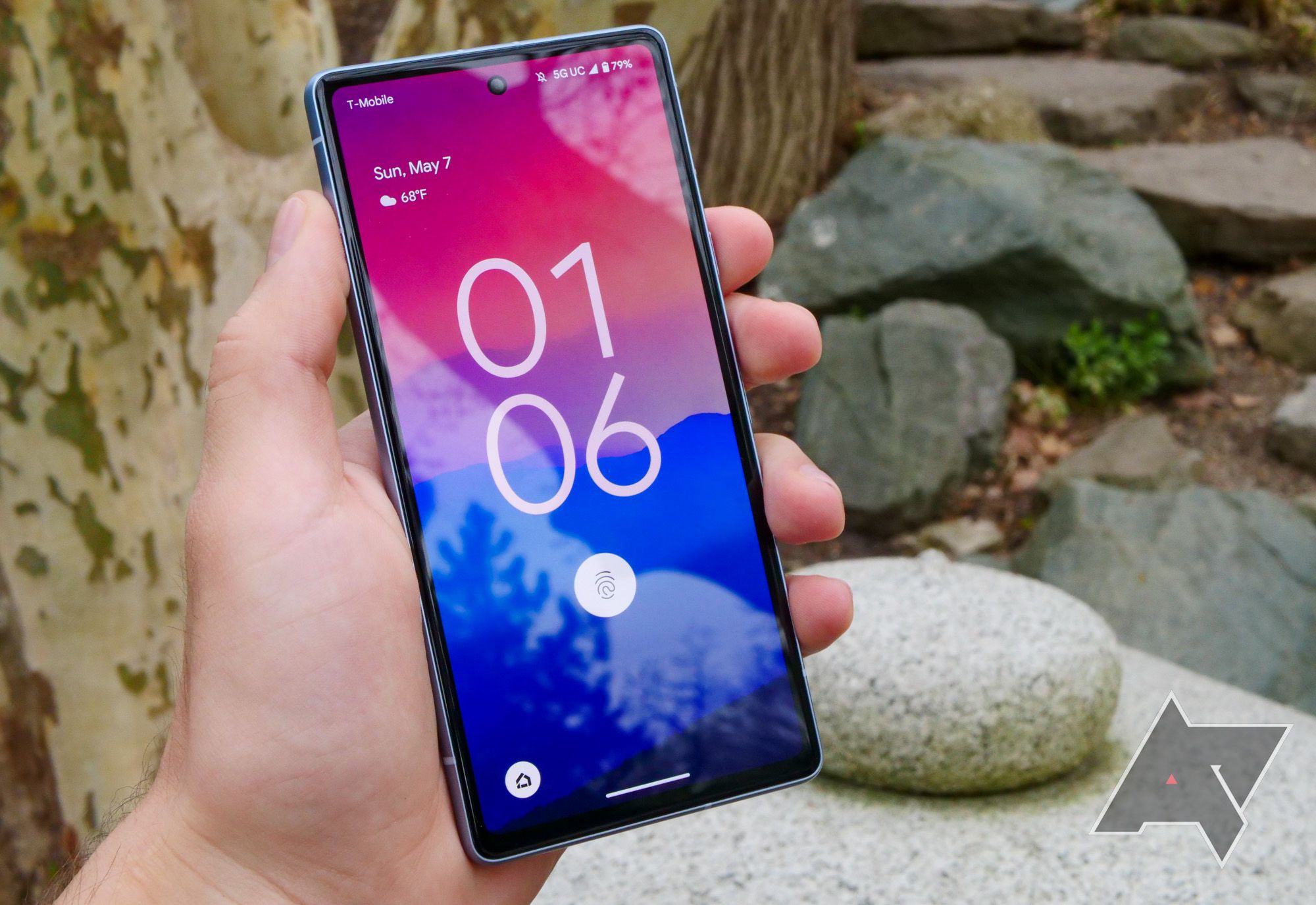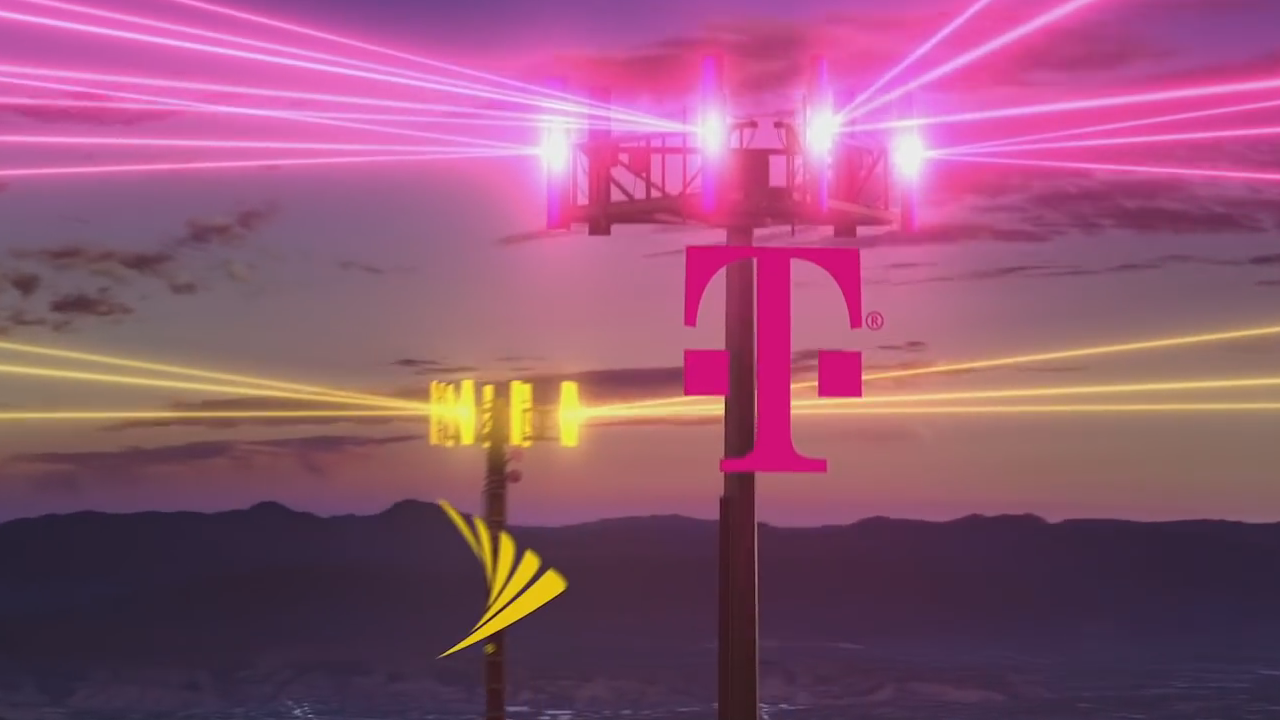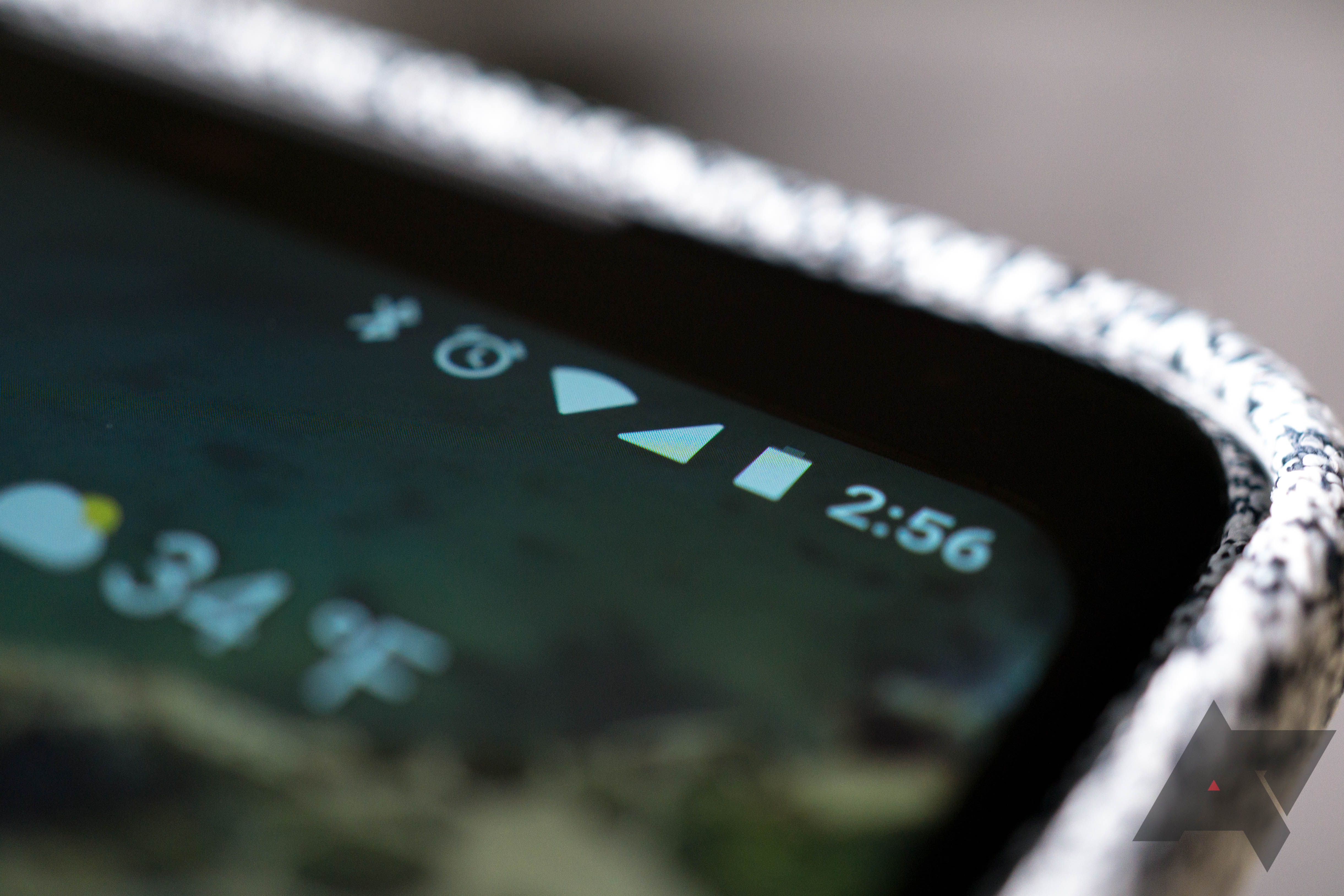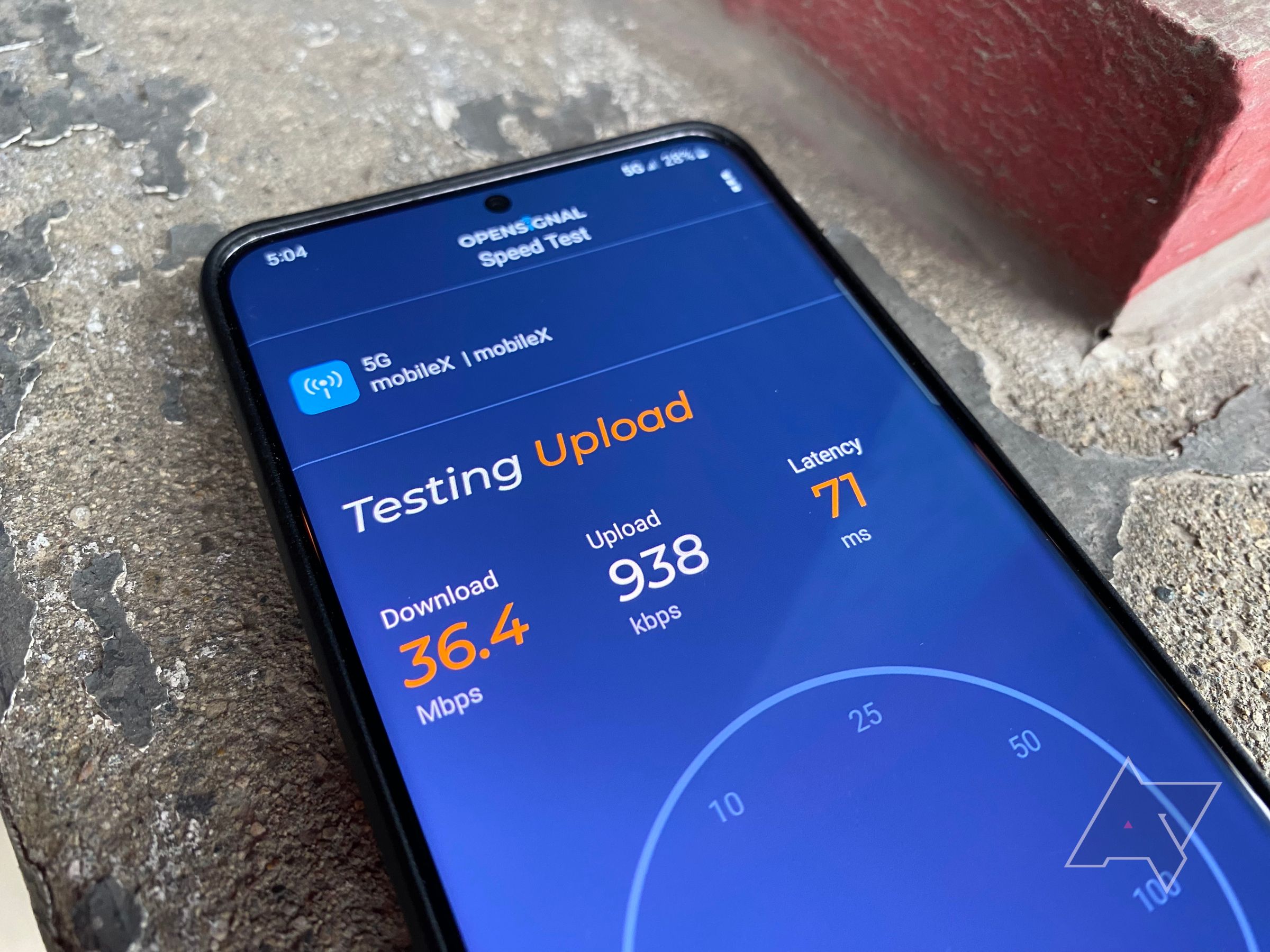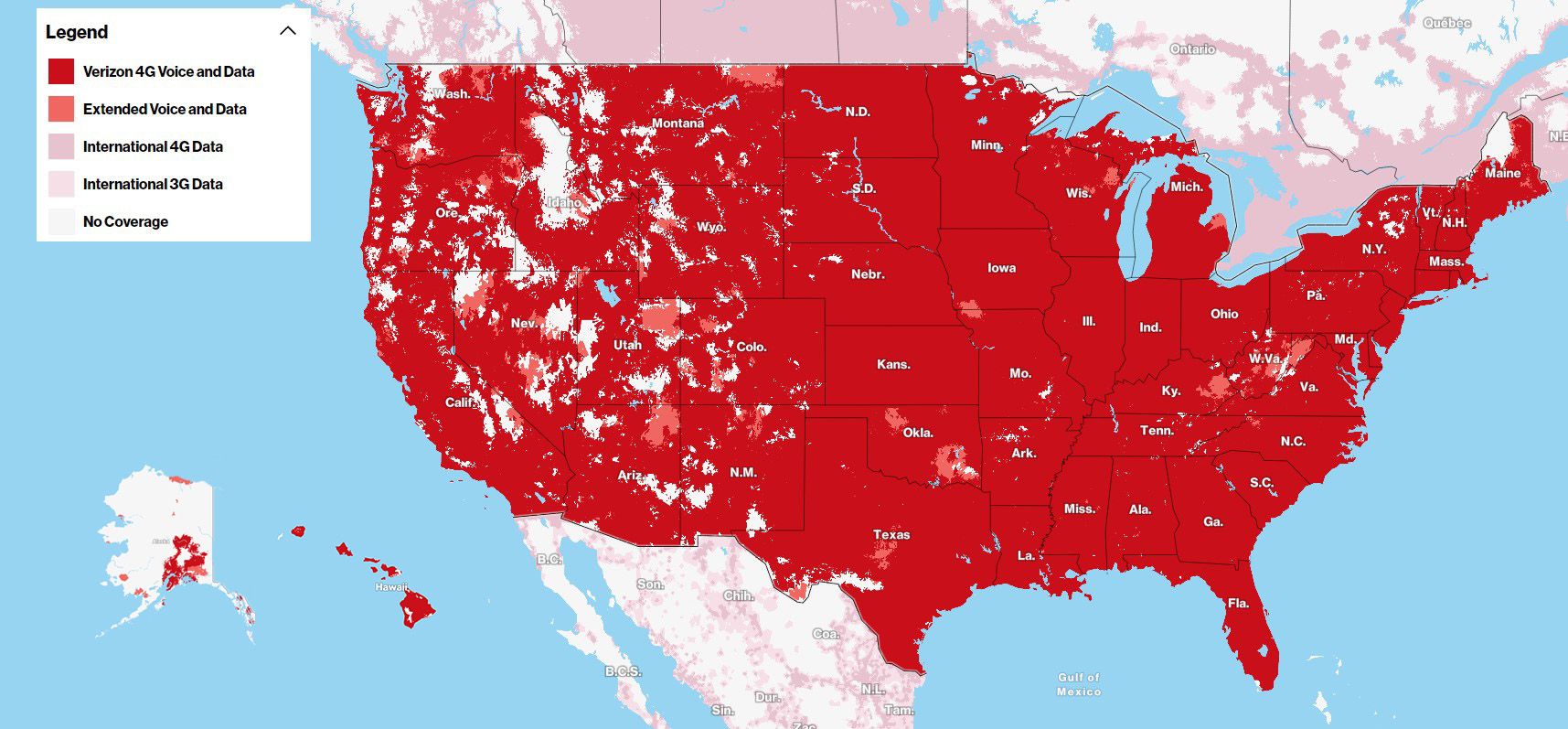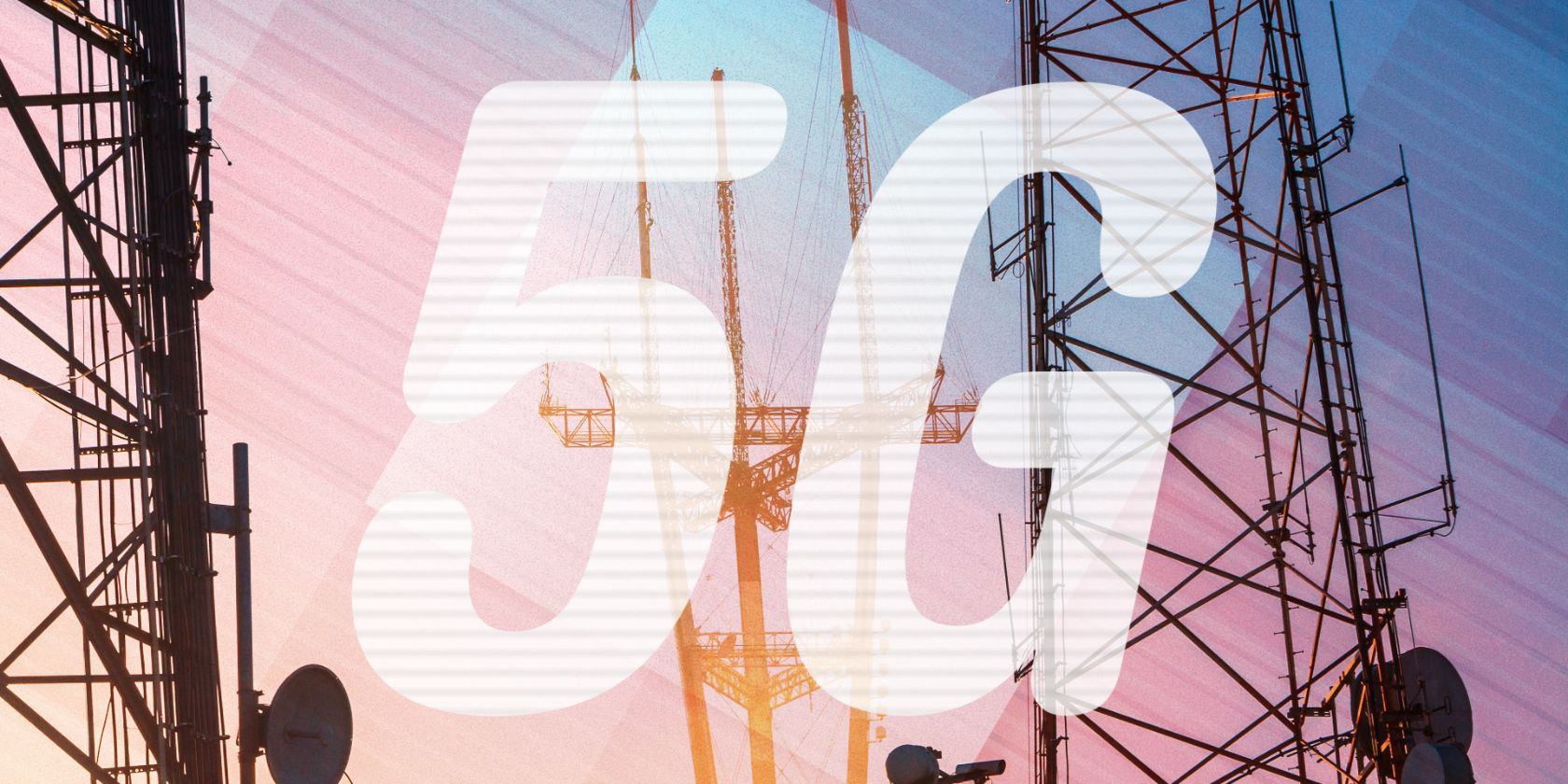Roughly two decades ago in a bland Midwestern suburb, a young man got himself in trouble with his parents and subsequently lost internet privileges for several days. At the time, a week without access to the web would spell a grueling punishment for quite a few unruly teens.
But not this teen. He had guild responsibilities to attend to in then-popular MMORPGAsheron’s Call. No overbearing parent would get in the way of his important MMO duties. So the young Chris Thomas (yours truly) dug out the many-pinned proprietary connector he’d been saving for this exact scenario, plugged his trusty Samsung SPH-A620 flip phone into his Geforce256-equipped desktop PC, and set about prodding Windows 98 until it recognized his mobile tether. Punishment averted, and parents thwarted.
Of course, things are quite different today — practically everything I just mentioned above is simply too old to be useful. It wasn’t too long ago, for example, that the US lost its entire 3G mobile data network, all for the sake of reusing that spectrum for 5G advances. That raises one simple question: how safe is it, really, to buy a phone that doesn’t support high-end 5G data in 2024? Well, here’s the short answer: while 4G connectivity isn’t going anywhere for quite a while, it is something to keep in mind.
The beginning of mainstream mobile data
It’s funny to think about just how fast technology moves, especially when it comes to mobile data. I don’t remember exactly how I convinced Windows 98 to recognize my tethered device. I vaguely recall something including port sniffing, manual port forwarding, and administrator permissions, but it was a long time ago.
I do recall it only took me about an hour to set up. I’d devised the scheme months earlier, after realizing I could answer emails and browse (extremely crude) early mobile web pages on my Sprint flip phone.
What Asheron’s Call looked like circa 2016
It translated poorly to the PC; Rudimentary browsing worked OK, but the connection was too slow for any mob-hunting in the game that week. But I did manage to complete my guild agenda.
Early 3G: mobile data infancy
The WCDMA technology behind my early tether maxed out at an eye-watering 384Kbps, with real-world speeds a fraction of that, along with sky-high ping times. The next several years saw High Speed Packet Access and its evolution, HSPA+, raise the 3G ceiling to 7.2Mbps and 42.2Mbps, respectively.
Although 3G is dead in the US, you can still find HSPA+ networks in some regions (Europe has some) and experience what life was like back then. While 42.2Mbps sounds like decent-enough bandwidth, you’re lucky to get anything over about 11Mbps. High speed, indeed.
How we got to (true) 4G
Today’s 4G began with a long-term evolution of 3G, called 3.9G LTE, ultimately renamed simply “LTE.” From the start, this evolution implemented then-cutting-edge techniques like scalable carrier bandwidths, multi-input/multi-output, and different types of signal duplexing, altogether increasing bandwidth, reducing latency, and streamlining handoffs between cell towers when a device was moving.
Researchers spent the 15 years after 4G’s definition refining transmission, reception, and device/network interfacing to increase coverage and performance. Today, most companies and industry working groups consider LTE part of 4G, since the early LTE networks received next-generation upgrades.
Where 4G’s at now
LTE dragged older 3G networks to performance on-par with 4G requirements like 150Mbps high-mobility peak bandwidth, which is why 4G usually includes networks originally built around older protocols. LTE-Advanced similarly improves existing 4G connectivity by, for example, doubling then-peak 150Mbps speeds with novel features like carrier aggregation.
Soon, we’ll have 4G on the moon, thanks to Nokia’s ingenuity
Today, 4G can deliver over 1Gbps to a stationary receiver, with smartphones able to download at over 100Mbps — although that varies based on device, network implementation, and reception. And it’s safe to say that 4G will be around longer than most new 4G-only devices will remain useful.
Just tell me when they’ll disable my 4G phone, already
Almost there! 4G’s historical evolution illustrates how the generational labels aren’t cut and dry in terms of transition. As we speak, LTE-A Pro leverages 5G technologies to boost current 4G networks, encouraging carriers using older techniques to invest in 5G adoption sooner.
Broadly speaking, 3G is phasing out right now, with all major US carriers having officially moved on, and a global plan to follow suit over the next two years. 3G’s 20-year lifespan might tempt you to envision something similar for 4G, pointing to a shutdown around 2030. But it’s a different story this time, and that’s good news for anyone looking at Motorola’s low-cost G-series phones, or anyone who drives an LTE-equipped vehicle.
4G will last longer than 3G did — here’s why
3G technology marked a turning point in wireless data transmission. Early UMTS networks, though, like what I painstakingly accessed via flip phone, were as much proof-of-concept as commercially viable, full-fledged products. After all, only years of expert labor, technological breakthroughs, and frequency band reassignments afforded 3G the relatively high bandwidth and low latency early smartphones thrived on.
In contrast, 4G was specifically developed as the backbone of wireless communication worldwide. Thanks to forward-thinking tech consortiums and engineers, 4G’s efficiency, range, data rate, and latency continue to impress, over a decade after an already-successful launch.
4G still fulfills most consumer needs
While 5G phones can be insanely fast, those speeds are overkill for how most people use devices. 4G can comfortably stream a 4K movie from any major streaming service, to say nothing of how little bandwidth things like web browsing and checking email require.
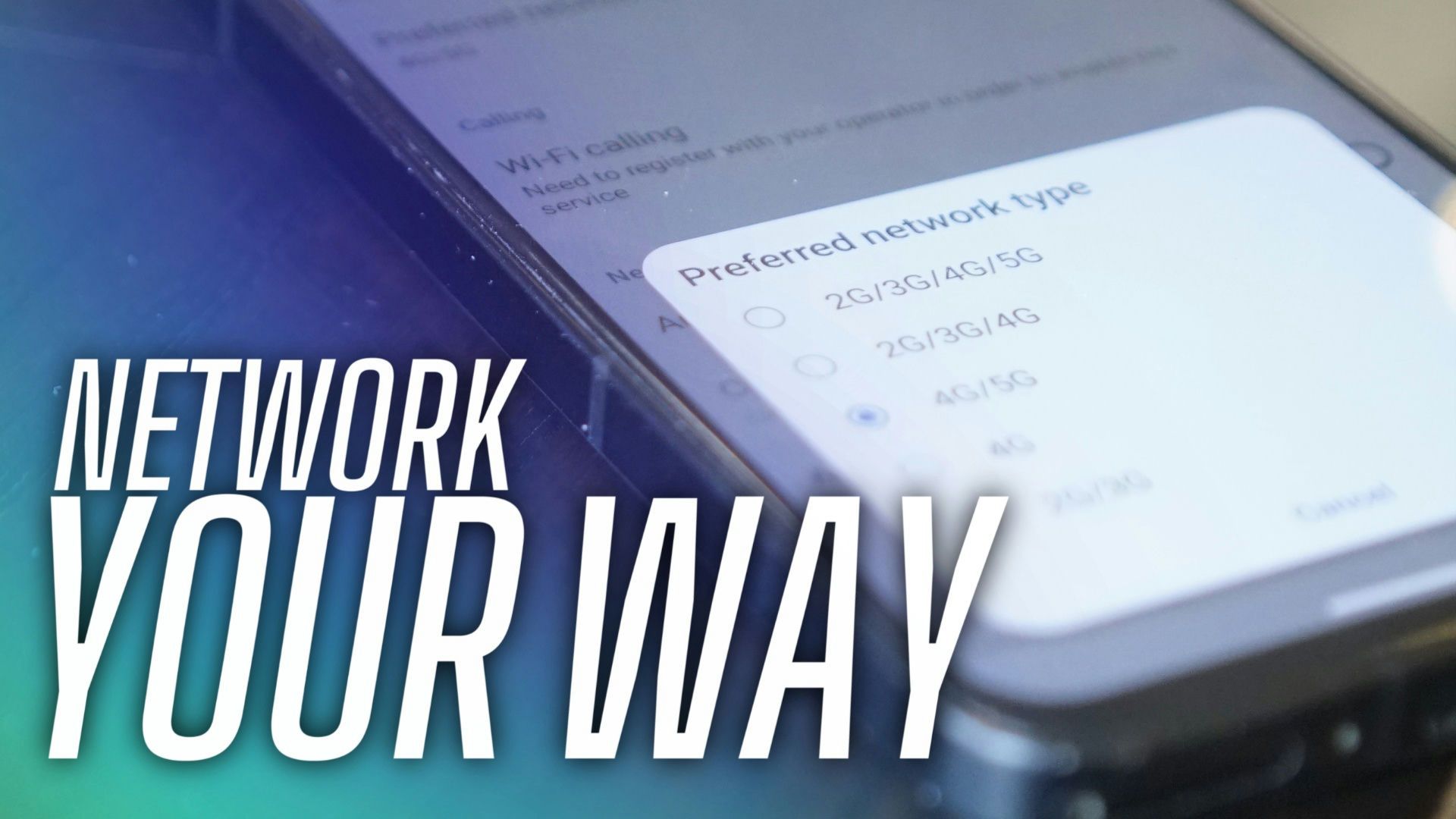
How to force your phone to use LTE or 5G
It’s not easy to do, but some phones allow you to force one network type over the other
The transition to 5G solves newer use cases that 4G can’t, or that are only coming to fruition now. Packed stadiums and long-distance robotic surgery, for example, push 4G beyond its limits, but everyday phone use doesn’t usually need the fixes 5G provides.
4G operates alongside 5G fine now, partly due to the far higher frequencies of the fastest 5G standards. And while some lower bands overlap between separate regions, regulatory agencies like the FCC work to oversee and approve carriers’ use of specific frequencies. We know for certain that as regulations adapt to evolving connectivity, phones will follow suit like they always have.
Globally, 4G has over three times the subscribers of 5G, which should pull ahead worldwide by 2028. North America’s farthest along, with 60% of mobile users accessing 5G. But don’t let that scare you into thinking the switchover’s almost finished — you can expect robust 4G networks to continue well into the 2030s, especially considering just how far we are from a ubiquitious 5G network taking a hold of our global data needs.
Don’t worry about 4G shutting down
If 4G networks lived as long as 3G did, the phase-out would start around 2031, but unlike 2G and 3G before it, it’ll likely take much longer than that. It’s difficult to predict exactly how long, but we know that for nearly all smartphone users, it doesn’t matter right now — because the kill date’s simply very far away.
You can safely buy 4G-only devices for at least the next few years without even having to think about the network disappearing. And if it’s anything like 3G, you’ll know well ahead of the network’s shutdown date what carriers have in store for your LTE-equipped gadgets.




